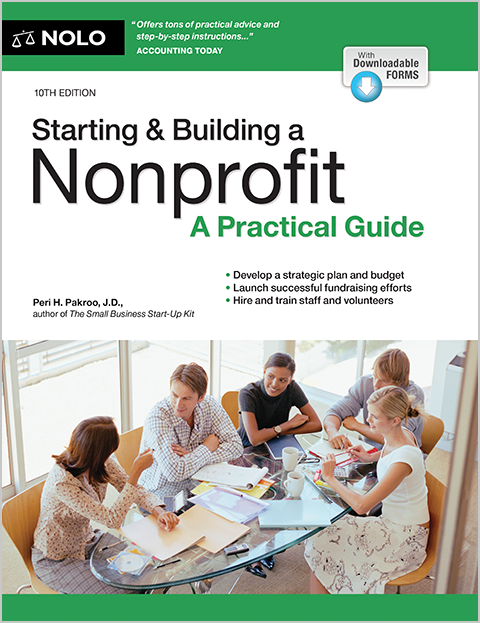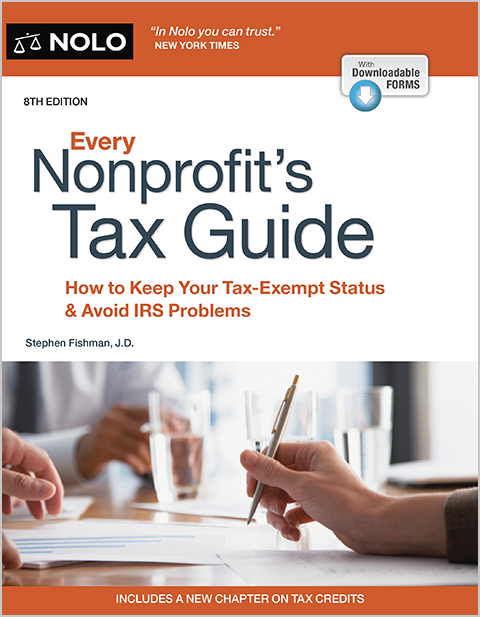Find out how to go about dissolving a nonprofit corporation in your state.
Need to close down your Colorado nonprofit corporation? Here's an overview of the main steps you'll need to take. This article only covers the most basic kind of voluntary dissolution of a typical Colorado 501(c)(3) nonprofit corporation that's already doing business. There are different rules and procedures for other types of nonprofits and for other situations such as an involuntary dissolution.
Authorizing Dissolution
Closing starts with dissolution, and to dissolve your nonprofit, you will need a proposal to dissolve. The proposal should include a plan of dissolution that indicates how the nonprofit's remaining assets will be distributed after all creditors have been paid. With the proposal and plan in hand, Colorado law provides for voluntary dissolution as follows:
- if your nonprofit doesn't have members, by action of the directors; or
- if your nonprofit has members, by action of the directors followed by a vote or other consent of the members.
Under the first method, it is up to the board alone to approve the proposal to dissolve and the plan of dissolution. Typically, approval requires a majority vote of the directors.
Under the second method, the board first must adopt the proposal to dissolve and then submit it to the members. The members then generally meet and vote to approve the proposal, including the plan of dissolution. Alternatively, members can provide unanimous written consent for the resolution.
Make sure to properly record the proposal to dissolve, plan of dissolution, directors' votes, and, where necessary, members' votes or written consents. You'll need this information for filings with the state and the IRS.
Articles of Dissolution
After your nonprofit has approved dissolution you'll need to file articles of dissolution with the Secretary of State (SOS). The articles of dissolution must contain:
- the name of your nonprofit
- the address of your nonprofit's principal office; and
- a statement that your nonprofit is dissolved.
Colorado requires that all articles of dissolution be filed online using the state's online filing system. (However, if you want to see what an old, printed articles of dissolution form looks like, one is still available for download from the SOS website.) There is a $25 fee to file the articles.
Winding Up
After your nonprofit has formally authorized dissolution, it continues to exist only for the purpose of taking care of certain final matters that, collectively, are known as "winding up" the company. Winding up is largely about paying off any debts and then distributing any remaining assets, but there may also be other tasks involved.
Generally speaking, you can only distribute money and property after you have paid off all of your nonprofit's debts. Then, for asset distributions, there are specific rules you need to follow. For example, your nonprofit must return any items that were loaned to it on the condition that they would be returned upon dissolution. In addition, after paying off debts and returning loaned assets, a dissolving 501(c)(3) organization must distribute its remaining assets for tax-exempt purposes. In practice, this usually means distributing assets to one or more other 501(c)(3) organizations. Other requirements for distributions may also apply. If you have any questions, you should consult with a lawyer.
Notice to Creditors and Other Claimants
One other part of winding up your dissolved nonprofit involves giving notice to creditors and other claimants. Giving notice is optional. However, doing so will help limit your liability and also allow you to more safely make final distributions of remaining assets. You can mail notice directly to known claimants after dissolution. You can also give notice to unknown claimants by publishing in a newspaper.
Federal Tax Note
For federal tax purposes, you'll need to file IRS Form 990 or IRS Form 990-EZ. You must include a completed Schedule N (Liquidation, Termination, Dissolution, or Significant Disposition of Assets), as well as copies of your articles of dissolution, proposal to dissolve, and plan of dissolution. When completing Form 990 or Form 990-EZ, you'll need to check the "Terminated" box in the header area on Page 1 of the return. For additional guidance, check out Every Nonprofit's Tax Guide, by Stephen Fishman (Nolo), go to the IRS website, or consult with a tax professional.
Additional Information
You can find additional information, such as forms, mailing addresses, phone numbers, and filing fees, on the SOS website.
Be aware that dissolution will not stop lawsuits started by or against your nonprofit before dissolution. Moreover, depending on specific circumstances, new legal actions can still be started by or against your nonprofit for claims or liability incurred prior to dissolution for up to five years after dissolution
This article covers only the most basic steps of voluntary dissolution after your nonprofit has started doing business. There are many additional, more specific rules, covering things like:
- involuntary dissolution
- dissolution of non-typical nonprofits
- what specific items should be contained in a plan of dissolution
- giving proper advance notice of member and director meetings
- the required number of member or director votes to approve dissolution
- how specifically to approve dissolution in writing without a meeting
- what needs to be included in notices to creditors; and
- how to respond to legal claims after dissolution.
In addition, your articles of incorporation or bylaws may contain rules that apply instead of, or along with, state law. You are strongly encouraged to consult with a lawyer to obtain additional information on these and other points.
Dissolving and winding up your nonprofit corporation is only one piece of the process of closing your organization. For further, general guidance on many of the other steps involved, check Nolo's 20-point checklist for closing a business and the Nolo article on what you need to know about closing a business.



